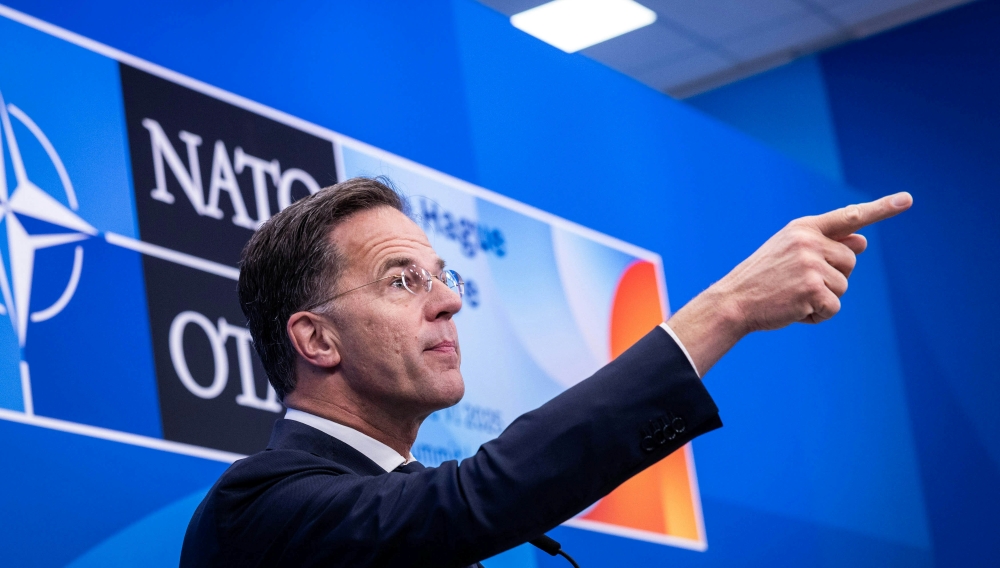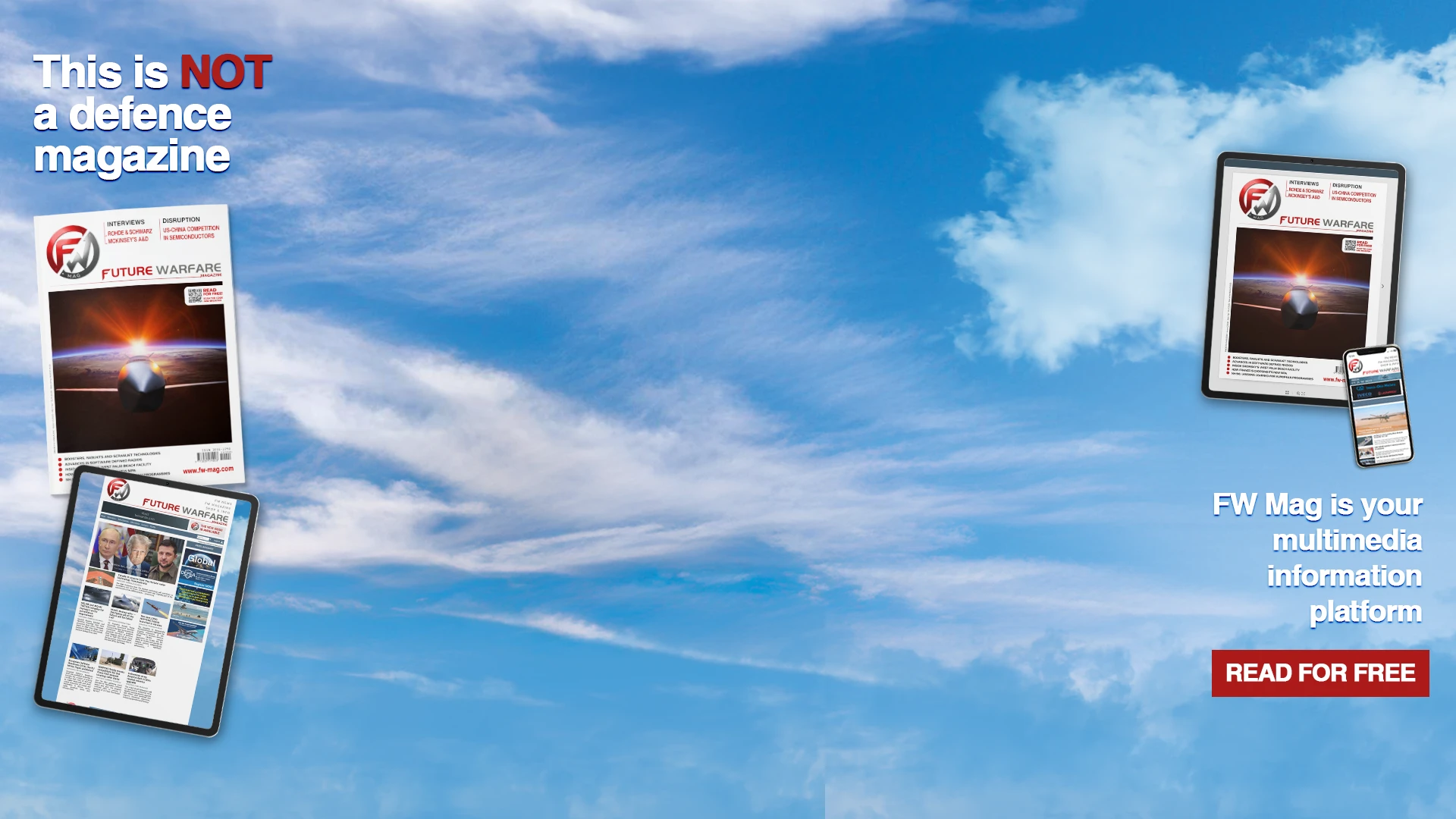
NATO leaders have agreed to commit to invest 5% of their national GDPs by 2035 to strengthen the Alliance’s deterrence and response capabilities at the NATO summit held on 24-25 June in The Hague.
According to the final communiqué, such a figure will ensure the Alliance “have the forces, capabilities, resources, infrastructure, warfighting readiness, and resilience needed to deter and defend” and provide “individual and collective obligations.”
Out of the overall spending, at least 3.5% of GDP will go to “core defence” requirements, while up to 1.5% will be allocated to broader defence-related areas such as critical infrastructure, cybersecurity, and civil preparedness. For the first time, military and logistical support to Ukraine will also count toward the spending targets.
The move, which shifts the spending from a ceiling of 2% to 5% of gross domestic product, corresponds to a review of NATO’s long-term strategic posture in response to growing geopolitical instability and the Russian threat. It is also a long-awaited response to a push by Washington at a time when the US is recalibrating its military objectives towards the Pacific and questioning its disproportionate contribution to NATO.
NATO Secretary General Mark Rutte, who anticipated the figure in the past months, defined the deal as a “transformational” moment for the Alliance. “Together, allies have laid the foundations for a stronger, fairer and more lethal NATO,” Rutte told reporters during the press conference. “This will fuel a quantum leap in our collective defence.”
The move was celebrated as a “monumental win for the United States” by US President Donald Trump. Trump has frequently criticised NATO’s European allies for under-spending since its first mandate, warning that additional funding should go to “very serious” military capabilities instead of bureaucracy and should help avert wars like Russia’s invasion of Ukraine.
NATO countries bordering Russia - Poland, the Baltic States, and Nordic members - strongly backed the deal, as did major Western European powers such as France, Germany, the UK, and the Netherlands.
German Chancellor Friedrich Merz, who said the country will reach 3,5% of military spending by 2029, said the willingness to “ invest significantly more” in security is “not to do the United States a favour - but because Russia actively threatens the freedom of the entire Euro-Atlantic area.”
According to British Prime Minister Keir Starmer, the decision is “a turning point” in Europe’s approach to defence.“This is the moment to unite, for Europe to make a fundamental shift in its posture, and for NATO to meet this challenge head-on,” he said in The Hague.
French President Emmanuel Macron welcomed the push to invest more in defence, saying it would strengthen the European pillar within NATO and allow Europe to “take greater responsibility for its security,” calling the shift a change “in the right direction,” coming as a response to the Russia threat. He expressed determination to “act together and … stop this war,” also signalling a role for the so-called “coalition of the willing” that could help deepen support to Ukraine beyond NATO’s institutional structures.
While Macron’s emphasis on strategic autonomy and dialogue has sometimes divided allies, his declarations in The Hague reflected convergence with Washington’s longstanding requests for stronger European contributions to collective defence.
Despite the celebratory tone, the 5% target is likely to strain domestic budgets across Europe. Spanish Prime Minister Pedro Sánchez publicly called the target “unreasonable and counterproductive.”
Rutte acknowledged the political and economic challenges but insisted that “security is not optional,” announcing that a review mechanism will be launched in 2029 to assess progress and adapt the target if necessary.
The summit concluded with a firm restatement of NATO’s collective defence guarantee under Article 5, described in the communiqué as “ironclad,” and a sense that the Alliance is entering a new era.
Follow us on Telegram, Facebook and X.








 (300 x 70 px) (1).png)
